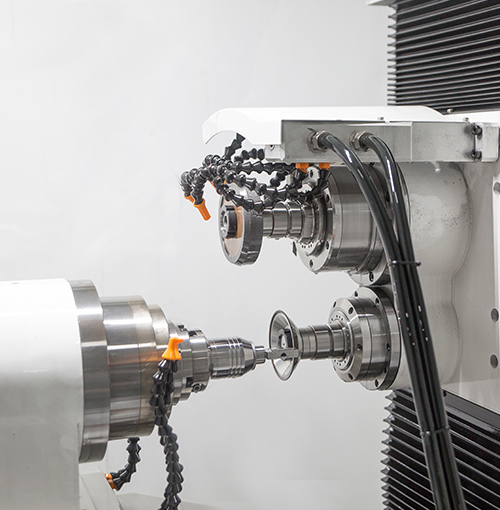Industry knowledge
What are the main factors that determine the performance of gear and rack milling tools?
The performance of gear and rack milling tools is influenced by several factors. Some of the key factors include the tool material, coating, geometry, and cutting parameters.
Tool Material: The choice of tool material is critical for ensuring good performance of gear and rack milling tools. Materials with high hardness, toughness, and wear resistance are preferred for these applications. Common tool materials include carbide, high-speed steel (HSS), and ceramic.
Coating: Coatings can be applied to the surface of the tool to improve wear resistance, reduce friction, and enhance tool life. Common coatings include TiN, TiAlN, and DLC.
Geometry: The geometry of the tool, including the number of teeth, helix angle, and rake angle, can significantly impact performance. The right geometry helps to optimize chip evacuation, reduce tool deflection, and improve surface finish.
Cutting Parameters: Proper selection of cutting parameters, such as speed, feed, and depth of cut, is essential to maximize tool life and performance. Cutting parameters must be selected based on the material being machined, the tool geometry, and the machine tool being used.
What are the most common materials used in the production of gear and rack milling tools, and how do they affect tool durability and performance?
The most common materials used in the production of gear and rack milling tools are carbide, high-speed steel (HSS), and ceramic. Each of these materials has unique properties that affect tool durability and performance.
Carbide: Carbide is a popular material for gear and rack milling tools because of its high hardness, wear resistance, and toughness. It is commonly used to machine hard and abrasive materials, such as steels, cast irons, and alloys. Carbide tools are also highly resistant to thermal deformation and can withstand high cutting speeds and feed rates. However, they are brittle and can be susceptible to chipping and breakage if subjected to excessive force or impact.
High-speed steel (HSS): HSS is a traditional tool material that is still widely used in gear and rack milling applications. HSS tools are known for their toughness, flexibility, and ability to maintain sharp edges at high temperatures. They are less brittle than carbide and can withstand more impact and vibration. However, HSS tools have lower wear resistance and cannot maintain sharp edges as long as carbide.
Ceramic: Ceramics are highly wear-resistant and can maintain sharp edges for long periods. They are commonly used to machine very hard materials, such as cast iron and hardened steels. Ceramic tools are also highly resistant to thermal deformation and can withstand high temperatures. However, ceramics are brittle and can be susceptible to chipping and breakage if subjected to excessive force or impact.
The choice of tool material depends on several factors, including the material being machined, the desired cutting speed, and the machining environment. Manufacturers must balance the properties of the tool material with the requirements of the machining operation to achieve the best balance of tool durability and performance.
What are the most effective strategies for maintaining and repairing gear and rack milling tools, and how do these strategies impact tool lifespan and performance?
Regular cleaning: Regular cleaning of gear and rack milling tools is essential to prevent the buildup of chips, debris, and coolant that can cause tool damage and reduce performance.
Proper storage: Tools should be stored in a clean, dry environment to prevent rust and other forms of corrosion. Proper storage also helps to prevent damage to the cutting edges and flutes.
Sharpening and reconditioning: Sharpening and reconditioning of gear and rack milling tools can help to restore sharpness and extend tool life. These processes involve removing worn material from the cutting edges and restoring the original geometry of the tool.
Coating maintenance: Coated tools require special care to prevent damage to the coating during sharpening and reconditioning. Proper maintenance of the coating can help to improve wear resistance and extend tool life.
Proper use: Proper use of gear and rack milling tools, including the selection of appropriate cutting parameters, can help to reduce wear and extend tool life. Operators should be trained to use the tools correctly and to recognize signs of wear and damage.
